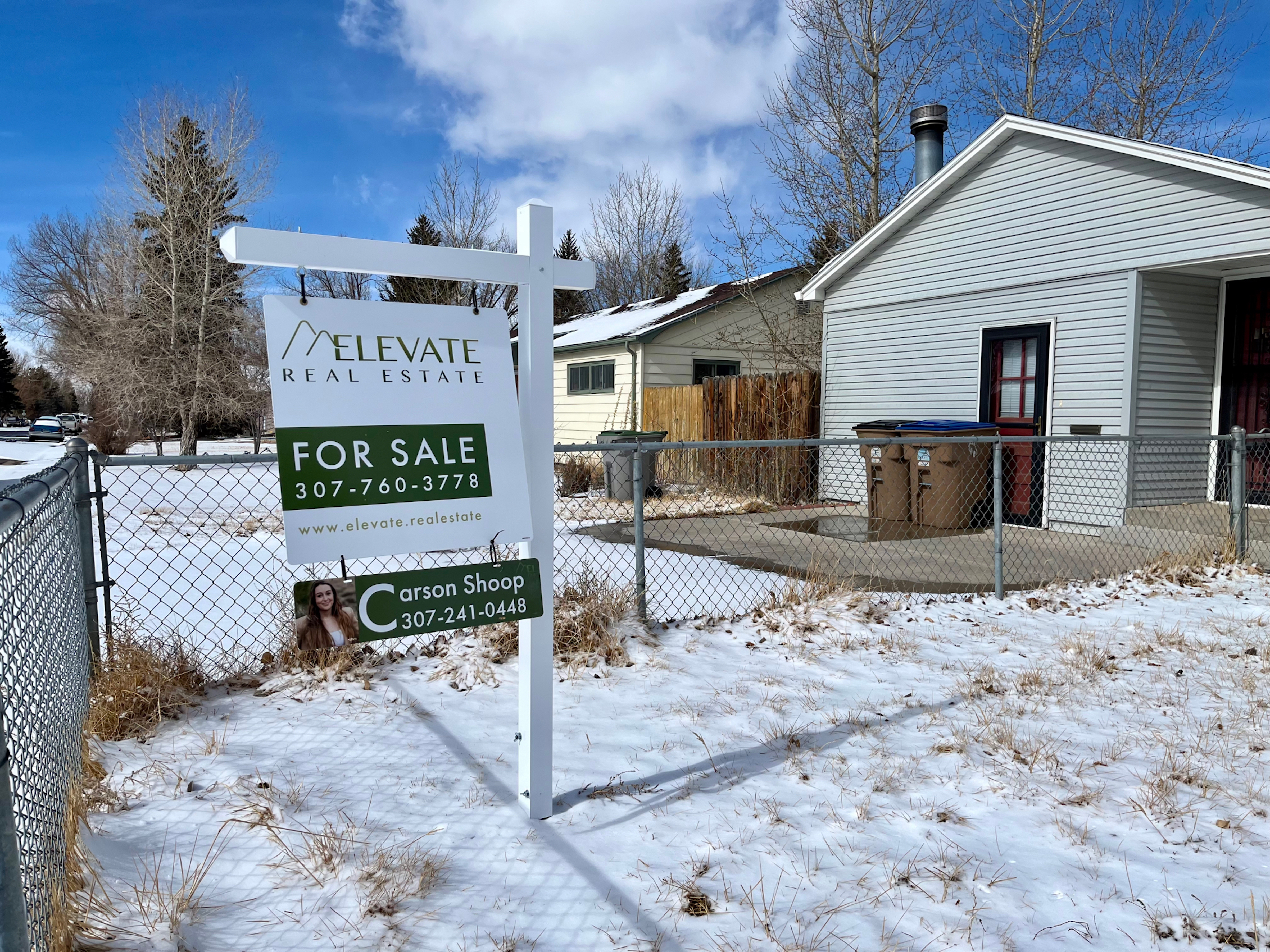An aging Wyoming presents big housing challenges

Older residents tend to buy houses from the state’s limited stock, leaving few options for the workers they’ll depend on for care as they age.
Wyoming faces an array of future affordable housing challenges, but one big hurdle is an aging population.
“The state is projected to experience moderate population growth in the coming years,” a new Wyoming Community Development Authority housing needs assessment found. “However, the aging of the population has deep implications for future housing needs, as older adults living longer independently accelerate housing demand.”
To illustrate that trend, the report estimates that people 65 and older made up 12% of the population in 2010, growing to 17% in 2021. By 2030, the report projects they’ll make up 23%.
New vital statistics published by the Wyoming Department of Health also show that the number of births in Wyoming continues to drop, from 6,568 in 2019 to just under 6,000 in 2023. Student enrollment has also fallen in recent years.
One implication of the aging population is that they tend to buy more housing, including certain kinds of single-family houses, according to Scott Hoversland, executive director of the Wyoming Community Development Authority.
“You’re looking at someone that may need modifications to households for accessibility measures,” he said. “Or if they buy a new home, they have to have [Americans with Disabilities Act] compliance, so they can get around. Wider doors, ramps to get in, and also, there’ll be some of those in-home care needs.”
The increased demand for in-home nursing care and other services means those often lower-paid workers will need access to housing they can afford.
But, as the report found, it’s difficult for people in most professions in Wyoming to buy a house, and in most counties, pay raises aren’t keeping up with rent increases.
The report shows one impediment to getting more of these workers is housing, citing work from the University of Wyoming Center for Business and Economic Analysis.
“The hurdles to homeownership and affordable rentals represent a broader challenge to U.S. growth as the workforce necessary for new and expanding businesses struggles to find a sufficient supply of affordable housing,” the UW report states.
If older residents buy up the existing housing stock but need younger workers to support them, or even to support nursing homes and assisted living facilities, then where will these younger workers live?
It’s an especially key question when it comes to the needs of people with dementia and Alzheimer’s disease. As of 2020, there were about 10,600 Wyoming residents age 65 and over with Alzheimer’s dementia, according to the latest Alzheimer’s Association report. As the number of older residents increases, this number will likely rise, too — the disease affects about 11% of this population.
To care for them, the group expects Wyoming will need a 33% increase in home health and personal care aid workers between 2020 and 2030 (not to mention the thousands of unpaid caregivers already working in the state).
Solutions
There will be strategic planning efforts across the state to draw local and Wyoming-wide solutions from this report, Hoversland said, but there were some suggestions in the document already.
Those came in part from citations of a Harvard Growth Lab report on Wyoming. Researchers involved in that report found a need to ease local housing regulations requiring larger plots or structures, change zoning laws, increase public input when planning housing projects and “[f]acilitate and expand local access to infrastructure funds” for water and sewage.
The Wyoming Community Development Authority identified places that were already planning to take these kinds of actions, including in Natrona, Park and Albany counties, as well as Gillette and Laramie.
But Hoversland said there could be more solutions related specifically to the aging population to come that could help Wyoming communities.
“With the aging demographics, that’s part of what the strategic plan has to [look at],” he said. “What are we going to do about care facilities and those types of things? That’s not something we deal with at WCDA … But that is part of what’s going to have to be looked at on a statewide level.”
WyoFile is an independent nonprofit news organization focused on Wyoming people, places and policy.
This story was posted on March 26, 2024.








